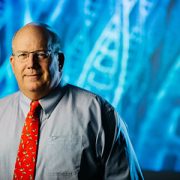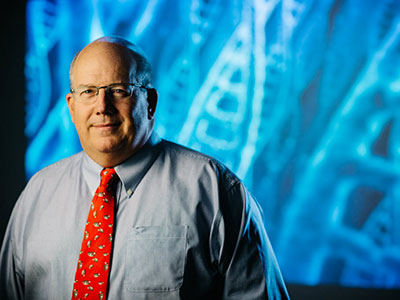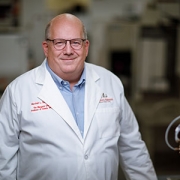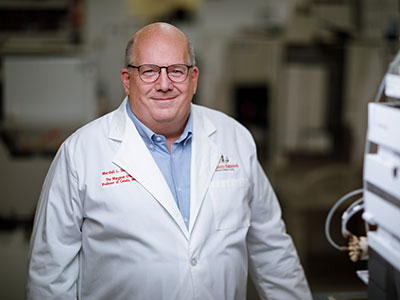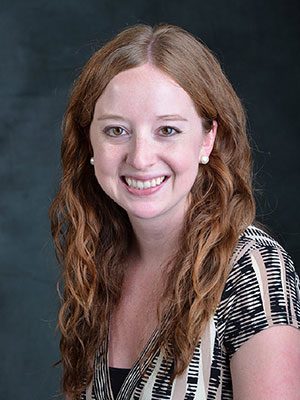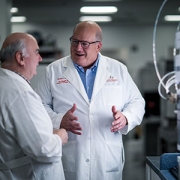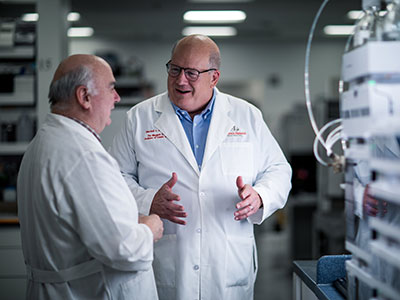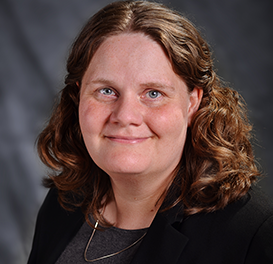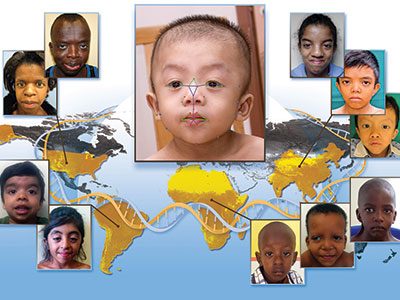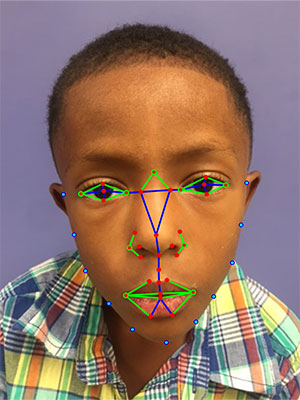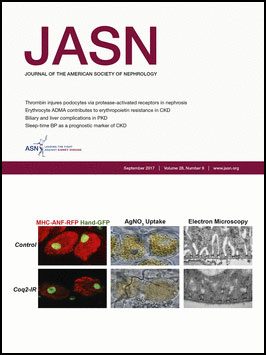Pediatric Research names Andrea Hahn, M.D., M.S., early career investigator
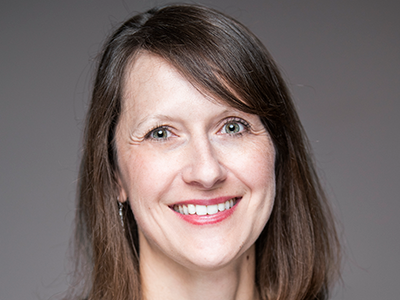
“I am honored to be recognized by Pediatric Research and the Society of Pediatric Research (SPR) at large,” said Dr. Hahn. “SPR is an amazing organization filled with excellent scientists, and to be highlighted by them for my work is truly affirming.”
For her work on the impact of bacterial functional and metabolic activity on acute episodes of cystic fibrosis, the journal Pediatric Research recognized Andrea Hahn, M.D., M.S., as Pediatric Research’s Early Career Investigator.
Cystic fibrosis is an autosomal recessive genetic disease, affecting more than 70,000 people worldwide. The condition’s morbidity and mortality are recurrent and result in a progressive decline of lung function.
“I am honored to be recognized by Pediatric Research and the Society of Pediatric Research (SPR) at large,” said Dr. Hahn. “SPR is an amazing organization filled with excellent scientists, and to be highlighted by them for my work is truly affirming.”
The exact mechanisms of the bacteria that chronically infect the airway triggering acute cystic fibrosis episodes, also known as pulmonary exacerbations, remain unclear. Dr. Hahn’s research is one of the few to explore this gap and found an association with long-chain fatty acid production in cystic fibrosis inflammation.
“As a physician-scientist, there are many competing priorities between developing and executing good science — including writing manuscripts and grants — and providing excellent patient care both directly and through hospital-wide quality improvement initiatives,” said Dr. Hahn. “It is often easier to have successes and feel both effective and appreciated on the clinical side. This recognition of my scientific contributions to the medical community is motivating me to continue pushing forward despite the setbacks that often come up on the research side.”
The exposure to many programs and institutions gave Dr. Hahn the foundation to create a research program at Children’s National that helps decipher the complexities of antibiotic treatment and how it changes the airway microbiome of people with cystic fibrosis. The program also explores the impacts of antibiotic resistance and beta-lactam pharmacokinetics/pharmacodynamics (PK/PD) — the oldest class of antibiotics used to treat infections.
Dr. Hahn believes that the people and environment at Children’s National Hospital allowed her to grow and thrive as a physician-scientist.
“I was initially funded through an internal K12 mechanism, which was followed up by Foundation support, which was only possible because of the strong mentorship teams I have been able to build here at Children’s National,” said Dr. Hahn. “My division chief has also been very supportive, providing me with both protected time as well as additional resources to build my research lab.”
She is particularly appreciative of Robert Freishtat, M.D., M.P.H, senior investigator at the Center for Genetic Medicine Research, and Mary Callaghan Rose (1943-2016).
“Robert Freishtat has been a great advocate for me, and I am indebted to him for my success thus far in my career,” said Dr. Hahn. “Likewise, I want to specifically recognize Mary Rose. She was a great scientist at Children’s National until her death in 2016. She gave me the initial opportunity and support to begin a career studying cystic fibrosis, and she is missed dearly.”
You can learn more about Dr. Hahn’s research in this Pediatric Research article.



